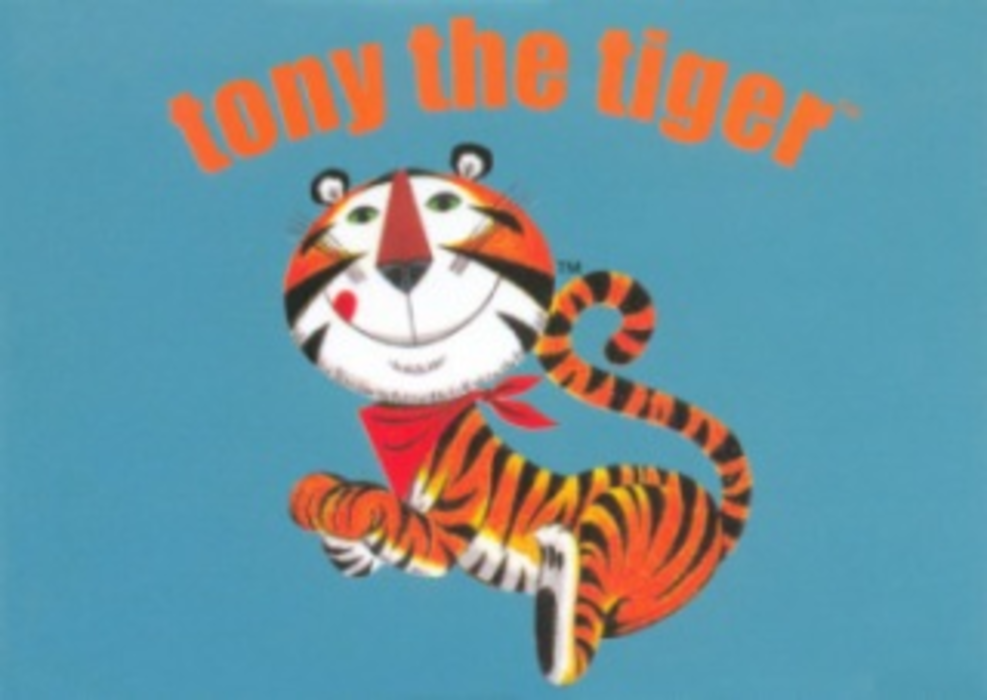Clicks are irrelevant to the Kellogg Company’s digital marketing goals of driving sales and building brand awareness, says Bob Arnold, the company’s associate director of global digital strategy, speaking at the IAB Technology Advertising Marketplace in New York, where he presented a case study on the cereal manufacturer’s programmatic buying strategies.
“We don’t care about clicks,” Arnold says. “We’re a branding company, we’ve done enough studies to show that clicks have zero correlation to sales. We as an industry need to start moving beyond [clicks.]”
Though Kellogg’s has found little use for clickthroughs, the company has seen a five-fold ROI increase since instituting its programmatic buying campaign — that is, purchasing digital ad space via automated technologies and services like demand-side platforms (DSPs) and ad exchanges.
This entails crafting the right message and delivering it to the right customers when they are most receptive, Arnold says.
“Between 50 [and] 80% of value is driven from creative,” Arnold notes. “We pre-test all our creative to make sure our campaign can succeed. Then we need to find the right consumer — and this is where programmatic buying flexes its muscles. We can target the right consumer with first-party and third-party data plugged into algorithms.”
Subsequently, Kellogg’s attempts to find the “right moment” when the potential customer is most receptive to the cereal manufacturer’s messaging. This is an area, Arnold concedes, where the company is seeking to improve. “We’re still learning this,” he says. “We want to hit her in those laid-back moments, when she’s already consuming content relevant to our marketing message.”
Both Arnold and Chip Scovic, Google’s head of media platforms, direct advertisers, also in attendance at the conference, admit that brands and agencies are hesitant to embrace programmatic buying as there isn’t a great deal of visibility built into the process. To combat this, Arnold emphasizes the importance — prior to leaping into programmatic buying — of establishing clearly defined key performance indicators (KPIs).
“We would not do this if we didn’t have KPIs to prove it works,” he says. “There’s a sense that programmatic buying is a dark art. You don’t know, they say, what inventory you’re getting. Will it be brand safe? Will people will see your ad?”
Key to Kellogg’s programmatic buying strategy is finding the right partners. The company uses the Google DoubleClick Bid Manager, a DSP and component of the DoubleClick Digital Marketing platform that Google announced during its Insights Conference on June 5. Kellogg’s also uses comScore to determine whether its ads hit the right audience, as well as whether the ads are viewable and ultimately effective in building brand awareness or purchase intent.
The technologies and services that constitute programmatic buying continue to expand and remain highly dynamic. Scovic says that a few years ago the space was worth “a little over a few thousand dollars; now in 2012, it’s a $2 billion business.








